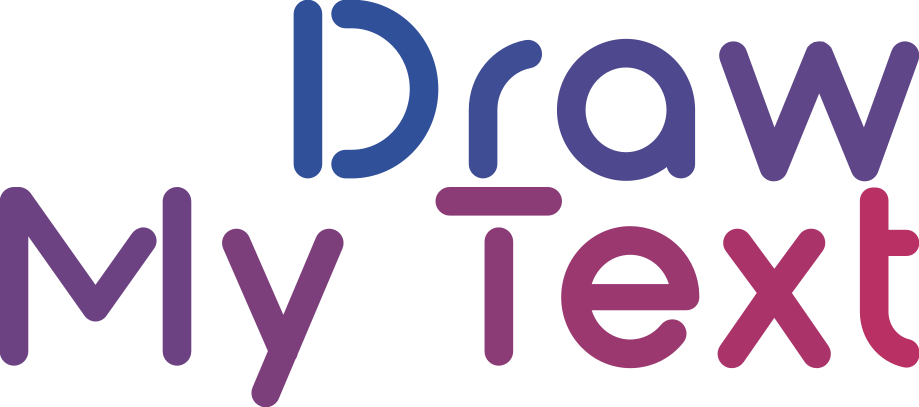
The Future of Personalized Marketing with Generative AI
January 14, 2024
The Role of Generative Models in Enhancing Interactive AI Experiences
January 15, 2024
Hello, adventurers of the AI realm! Today, we’re embarking on a thrilling journey to explore the vibrant landscape of Generative AI Systems and the quest to enhance their creativity. As AI continues to evolve at a breathtaking pace, our imagination is the only limit to the possibilities. So, let’s dive in and uncover the secrets behind Breaking Down the Barriers to Creativity in Generative AI Systems.
Generative AI, a branch of artificial intelligence, is akin to a sorcerer conjuring up new content. It includes everything from painting pictures, writing stories, to inventing new food recipes. But like any good story, there are challenges that our hero—the Generative AI—must overcome to unleash its full creative potential.
In this article, we’ll unravel the complexities, highlight the triumphs, and address the yet-to-be-conquered frontiers in Generative AI Development. So fasten your seat belts, for we’re about to take off to an AI-powered creativity odyssey!
Breaking Down the Barriers to Creativity in Generative AI Systems
First, let’s address the elephant in the room: what barriers are we talking about? When it comes to Generative AI, creativity is often constrained by technical limitations, data biases, and a lack of understanding of human emotions and nuances. These hindrances are the bane of AI’s creative aspirations.
One significant hurdle is the technology itself. Neural networks and algorithms have to be fine-tuned to generate unique and compelling content. Innovation in architecture designs like GANs (Generative Adversarial Networks) has been pivotal, yet there’s still progress to be made. Meanwhile, having a large and diverse dataset is crucial, but access to such data is not always feasible due to privacy and ethical considerations.
Now, here’s where things get interesting! Breaking these barriers requires a combination of advanced AI research, out-of-the-box thinking, and relentless iteration. Pioneers in the field are already making headway, developing systems that can compose music that stirs the soul, craft poetry that captures the essence of emotion, and create art that rival human creatives.
Challenges in Generative AI Development
Let’s get a bit more technical. The sophistication needed for highly creative AI demands complex models, such as DALL-E 2, which can create astonishing images from text descriptions. However, these models come with challenges of their own. They are computationally intensive, require vast amounts of training data, and can inadvertently perpetuate biases present in their training datasets.
There’s also the challenge of ‘contextual understanding’. Creating contextually rich content that resonates on a human level is no small feat for an AI. Not to mention, the ethical and societal implications of AI that can ‘create’—we’re delving into uncharted territories of intellectual property, accountability, and authenticity.
To confront these challenges, researchers are continuously exploring new methodologies. The advent of models that can learn more efficiently from smaller datasets, known as few-shot learning, is a game-changer. The evolution of such technologies showcases the field’s dynamic nature and the resilience of AI developers in overcoming creativity’s roadblocks.
Unlocking Creative Potential in Generative AI
As we breach these barriers, the creative potential of Generative AI becomes increasingly evident. Imagine AI systems that not only mimic artistic styles but also fuse diverse influences to generate something entirely new and breathtaking. This is the future we’re crafting—one where AI amplifies human creativity rather than replacing it.
By leveraging advances in machine learning algorithms, incorporating broader and more inclusive datasets, and refining the AI’s understanding of context and abstract concepts, we are nurturing a new breed of creative machines. These advancements empower AI to operate not just as tools for replication but as companions in the creative process, offering fresh perspectives and pushing the boundaries of art and innovation.
And in the spirit of innovation, I invite you to experience the magic of generative AI firsthand through DrawMyText, our innovative text-to-image generation platform. Discover our flexible pricing plans and features designed to spark your imagination and bring your ideas to vivid life. Join us and be a part of the creative revolution!
Frequently Asked Questions (FAQs)
What is Generative AI?
Generative AI refers to artificial intelligence that can generate new content—from images and text to music and beyond—after learning from existing datasets. It mimics human creativity using intricate algorithms and neural networks.
How do Generative AI Systems learn to be creative?
Generative AI systems learn to be creative by studying vast amounts of data, identifying patterns, and using these insights to create new, previously unseen outputs. Techniques like deep learning, reinforcement learning, and adversarial training contribute to this learning process.
What barriers exist to creativity in Generative AI?
The barriers to creativity in Generative AI include computational limits, data biases, inadequate understanding of human nuances, and the complex nature of creativity itself. Researchers work to overcome these issues through ongoing innovation and refinement of AI models.
What ethical considerations surround Generative AI?
Ethical considerations in Generative AI involve questions of data privacy, bias, authenticity, and the impact on creative industries. Issues like the potential for misuse and intellectual property rights are also significant discussions within the community.
How can I engage with Generative AI creatively?
You can engage with Generative AI creatively by using platforms like DrawMyText to create unique art, experimenting with AI-generated text for storytelling, or exploring AI in music composition. These tools provide a new canvas for expression and creativity.
Keywords and related intents:
Keywords:
1. Generative AI Systems
2. Creativity Enhancements
3. Technical Limitations
4. Data Biases
5. Human Emotions and Nuances
6. GANs (Generative Adversarial Networks)
7. DALL-E 2
8. Contextual Understanding
9. Few-shot Learning
10. DrawMyText
Search Intents:
1. Understand the capabilities of Generative AI Systems in creative fields.
2. Explore methods to enhance creativity in Generative AI technology.
3. Identify technical constraints affecting Generative AI Systems.
4. Research the impact of data biases on Generative AI creativity.
5. Study how Generative AI perceives and replicates human emotions and nuances.
6. Learn about Generative Adversarial Networks and their role in AI creativity.
7. Find information on DALL-E 2 and its image-generation capabilities.
8. Investigate the challenges in contextual understanding for Generative AI Systems.
9. Discover the relevance of few-shot learning in training Generative AI models.
10. Evaluate DrawMyText as a platform for creative engagement with Generative AI.
#Challenges in Generative AI Development
#Breaking #Barriers #Creativity #Generative #Systems


